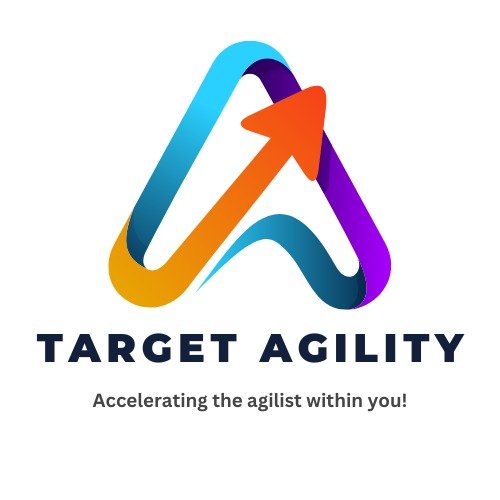In Agile teams, two roles are often talked about a lot: the Scrum Master and the Agile Coach. Both help teams work better, deliver value faster, and improve over time. But they do different things, and understanding how they work can really help your team and company succeed.
Let’s look at what each role does, how they are different, and how they can work together to create real change.
What is a Scrum Master?
A Scrum Master helps a team follow the Scrum process. They make sure the team understands Agile values and uses Scrum the right way.
Here’s what a Scrum Master usually does:
- Runs Scrum meetings (like daily stand-ups and sprint reviews).
- Removes things that slow the team down.
- Helps the Product Owner keep the work organized.
- Supports the team in learning, improving, and working together.
The Scrum Master doesn’t “boss” the team around. Instead, they serve the team — helping them grow, solve problems, and deliver better work. That’s why this role is called a servant leader.
What is an Agile Coach?
An Agile Coach works at a bigger level. Instead of helping just one team, they help many teams or even the whole company.
Agile Coaches:
- Train teams and managers on Agile ways of working (like Scrum, Kanban, or SAFe).
- Help leaders create an Agile-friendly culture.
- Guide teams through changes and help them grow.
- Work across departments to improve how work flows in the whole company.
Agile Coaches are like mentors or guides who help a company truly become Agile—not just follow the rules, but change how they think and work.
Key Differences
| Area | Scrum Master | Agile Coach |
|---|---|---|
| Focus | One team | Many teams or whole company |
| Goal | Help the team follow Scrum | Help the company become more Agile |
| Type of Leader | Servant leader | Change leader |
| Main Job | Day-to-day team support | Coaching, training, and big-picture guidance |
| Tools | Scrum events and team help | Workshops, training, coaching leaders |
When Should You Use Each?
- If your team is just starting with Scrum or needs help improving, a Scrum Master is a great choice.
- If your company wants to grow Agile across many teams or improve its culture, an Agile Coach can help guide that bigger journey.
Sometimes, Scrum Masters grow into Agile Coaches as they gain more experience and start working with more teams.
How They Work Together
The best results come when Scrum Masters and Agile Coaches work as a team.
- The Scrum Master helps the team every day, makes sure things are running well, and supports small improvements.
- The Agile Coach looks at the bigger picture — how teams, leaders, and departments work together — and helps everyone move in the right direction.
Together, they bring both strong teamwork and big-picture change to the organization.
Conclusion
Scrum Masters and Agile Coaches are both important. They don’t replace each other — they support each other.
Scrum Masters focus on helping teams work better. Agile Coaches focus on helping the whole organization grow and adapt. Both roles help create a work culture where teams can learn, improve, and succeed.
By understanding their roles and working together, companies can go beyond just “doing Agile” — and start truly living Agile every day.











